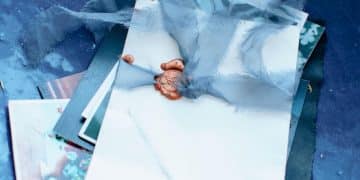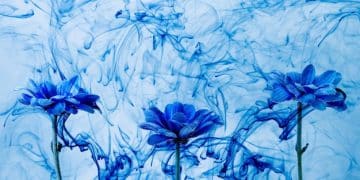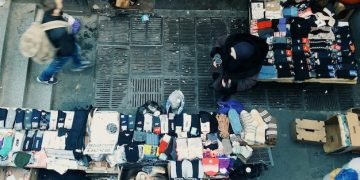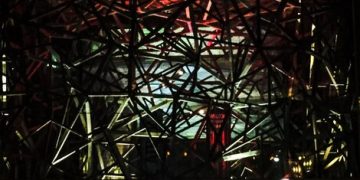Alternative Photography in the US: 3 Artists to Watch in 2025
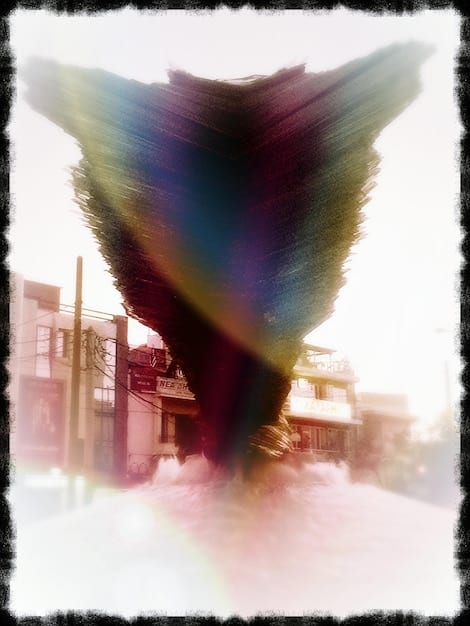
Alternative photography in the US is undergoing a renaissance, and in 2025, three artists are leading the charge by capturing unseen perspectives and pushing the boundaries of traditional photographic practices through innovative techniques and unique visions.
Step into the fascinating world of alternative photography, a realm where artists break free from conventional methods to explore uncharted visual territories. In the US, the scene is vibrant and constantly evolving. In 2025, three particular artists are revolutionizing the medium, capturing the unseen and pushing the limits of what photography can be. Get ready to discover these visionaries and their groundbreaking work in Alternative Photography in the US: 3 Artists Capturing the Unseen in 2025.
What is Alternative Photography?
Alternative photography is more than just a technique; it’s a philosophy. It’s about embracing the artistic process, experimenting with unconventional materials, and challenging the norms of traditional photography.
But what exactly sets it apart from its conventional counterpart?
Beyond the Digital Sensor
While digital and film photography rely on lenses and light-sensitive materials for image capture, alternative photography sidesteps these traditional approaches. It delves into historical processes, handmade emulsions, and unconventional printing methods. Think of it as a fusion of science, art, and a little bit of alchemy.
- Historical Processes: Reviving techniques like cyanotypes, daguerreotypes, and wet plate collodion.
- Handmade Emulsions: Creating light-sensitive materials from scratch using various chemicals and ingredients.
- Unconventional Materials: Using everything from coffee to plant extracts to develop and tone images.
Alternative photography empowers artists to take full control of the image-making process, fostering creative freedom and unique aesthetics. These artists are not just photographers; they are alchemists, scientists, and storytellers, all rolled into one.
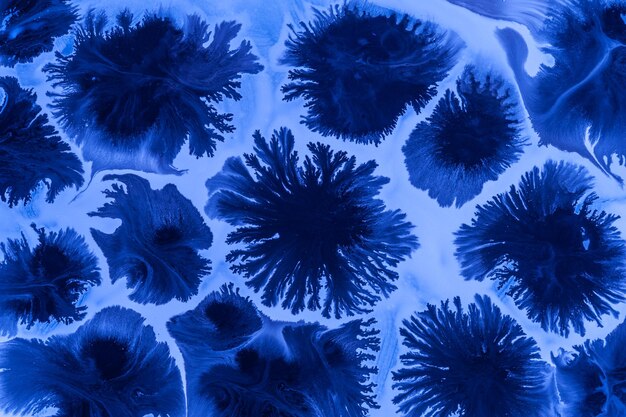
The Rising Tide of Alternative Photography in the US
The United States is currently witnessing a resurgence of interest in alternative photography techniques. Artists and enthusiasts alike are flocking to workshops, online communities, and galleries to explore the magic of hands-on image-making.
So, what’s driving this renewed appreciation for the slow and deliberate art of alternative processes?
A Reaction to the Digital Age
In an era saturated with instant digital images, there’s a growing desire for tangible, unique, and handcrafted art. Alternative photography offers a refreshing antidote to the disposability of digital photography, reminding us of the beauty of craftsmanship and the importance of slowing down.
The imperfections, the subtle variations in tone, and the tactile quality of alternative prints are all part of their charm. These images are not just records of a moment in time; they are artifacts, imbued with the artist’s touch and the unpredictable nature of the process.
Community and Collaboration
The alternative photography community in the US is thriving, with artists sharing their knowledge, techniques, and experiences through workshops, online forums, and collaborative projects. This sense of community fosters creativity, innovation, and a shared passion for the art form.
Furthermore, this collaboration ensures the survival and evolution of these unique and historic techniques. As more artists experiment and share their discoveries, the boundaries of alternative photography continue to expand, pushing the art form in exciting new directions.
Angie Smith: Cyanotypes and the Essence of Nature
Angie Smith is a photographer based in Montana using alternative photographic process called Cyanotypes.
But it is her unique perspective that brings out something truly special.
Capturing Ephemeral Beauty
Angie Smith’s work centers around the cyanotype process, an early photographic technique that produces stunning Prussian blue prints. Smith uses local flora and fauna to create striking compositions which highlight the beauty and complexity of nature.
Her cyanotypes are not merely botanical records; they are artistic interpretations of the natural world, imbued with a sense of wonder and reverence.
The Cyanotype Process
The cyanotype process, invented in 1842, involves coating paper or fabric with a light-sensitive solution of iron salts. When exposed to ultraviolet light, the coated material turns a vibrant blue color, creating a negative image of any object placed upon it.
Smith masterfully uses this process to capture the delicate details of leaves, flowers, and other natural specimens, creating ethereal and dreamlike images.
Ben Miller: Wet Plate Collodion and Modern Portraiture
Based in Brooklyn, New York, Ben Miller is a photographer working with the labor-intensive archaic wet plate collodion.
However, Miller makes it exciting and relevant to today’s life.
A Glimpse into the Past
Ben Miller is a master of the wet plate collodion process, a technique dating back to the mid-19th century. This process involves coating a glass or metal plate with a light-sensitive emulsion, exposing it in a large format camera, and developing it immediately.
Miller’s work combines the historical aesthetic of wet plate collodion with contemporary portraiture, creating images that are both timeless and modern.
The Intimacy of Slow Photography
The wet plate collodion process is notoriously slow and demanding, requiring meticulous attention to detail and a high level of technical skill. This slowness, however, is also one of its strengths. It forces both the photographer and the subject to slow down, creating a space for genuine connection and collaboration.
- Technical Mastery: Achieving consistent results with wet plate collodion requires years of practice and a deep understanding of chemistry and light.
- Collaborative Spirit: The slow nature of the process encourages interaction and communication between the artist and the model.
- Timeless Beauty: Wet plate collodion images possess a unique tonal range and depth that lends them a timeless quality.
This results in images that are not just portraits, but also documents of a shared experience.
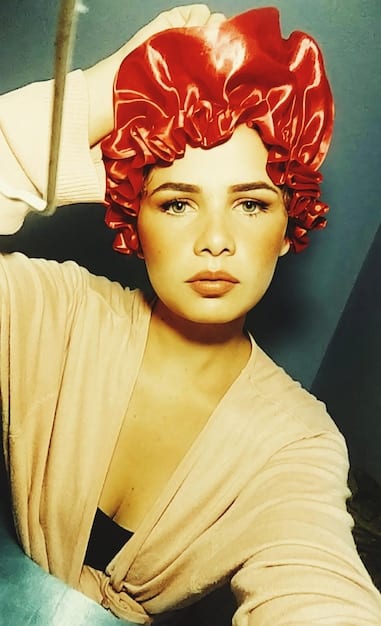
Chloe Green: Lumen Printing and the Art of Chance
Chloe Green, based in Los Angeles, is known for lumen printing.
However, it is her experimental approach that makes her art stand out.
Embracing the Unpredictable
Chloe Green embraces the unpredictable nature of lumen printing. Lumen prints are made by placing objects directly onto photographic paper and exposing them to sunlight. As the paper develops, it creates unique and often surprising patterns and colors.
Green’s work celebrates the beauty of chance and the serendipitous moments that arise when art and nature collide.
Furthermore, her skill lies in her ability to recognize and capture these fleeting moments, transforming them into works of lasting beauty.
The Alchemy of Sunlight
The lumen printing process is a fascinating blend of art and science. The sun acts as both the light source and the developer, triggering chemical reactions within the photographic paper that create the image.
- Direct Contact: Objects are placed directly onto the paper, creating sharp and detailed silhouettes.
- Solar Power: Sunlight is used to develop the image, making each print unique based on weather conditions and time of day.
- Experimental Approach: Green often manipulates the process by using different types of paper, varying exposure times, and adding additional elements like water or chemicals.
This is resulting in prints that are teeming with life, color, and texture.
| Key Point | Brief Description |
|---|---|
| 💡What’s Alternative Photography? | Embraces artistic & unconventional photographic methods. |
| 🌿 Angie Smith’s cyanotypes | Highlights nature’s beauty using Prussian blue prints. |
| 📸 Ben Miller’s collodion | Combines 19th-century technique with modern subjects. |
| 🎨 Chloe Green’s lumen prints | Creates unique images using objects and sunlight. |
Frequently Asked Questions
Its hands-on approach allows artists to completely take power of image creation. Artists have a new perspective. The results often are unpredictable prints of beauty.
In an age of digital saturation, many seek tangible, one-of-a-kind art made by hand. Alternative Photography allows for rediscovering craftsmanship and slowing down in the image-making process.
She captures the ephemeral elegance of nature through beautiful cyanotypes. Smith reminds audiences of nature, and shows her subjects in a dream-like form. She also brings in reverence.
Miller combines the process’s historic and aesthetic parts and combines them with modern portraiture. This collaboration showcases the spirit between artist and model, combining modern ideas with older beauty.
Using Lumen Prints, Green embraces randomness in art. By putting objects on photographic paper and exposing them to sunlight, creates surprising colors and patterns with nature’s unpredictable beauty.
Conclusion
The realm of alternative photography in the US is dynamic and brimming with imagination. Visionaries like Angie Smith, Ben Miller, and Chloe Green are reshaping how we perceive photography. By diving into historical techniques and experimental processes, each artist provides a distinct viewpoint. In 2025, their innovative works motivate us to explore the unseen, value the tangible, and welcome the extraordinary.
